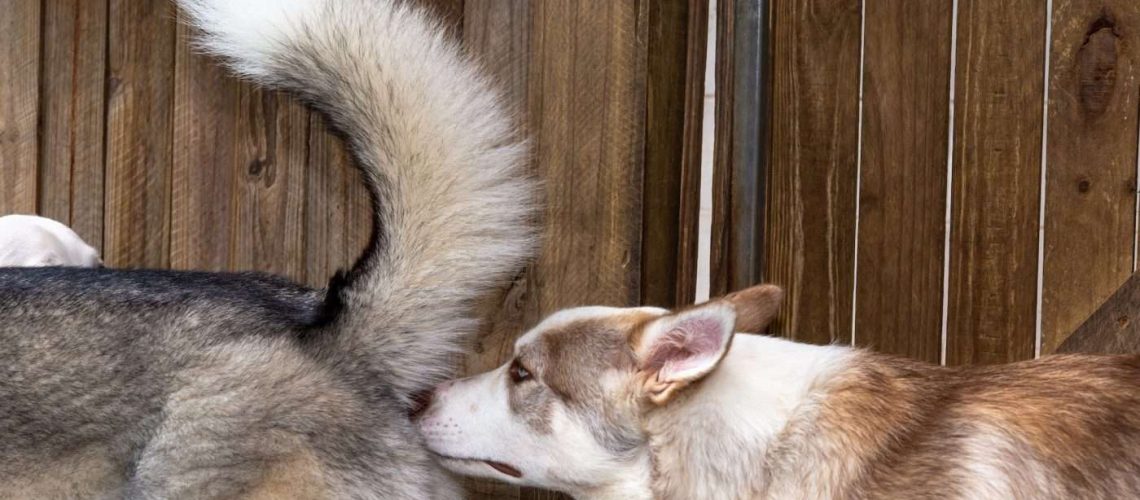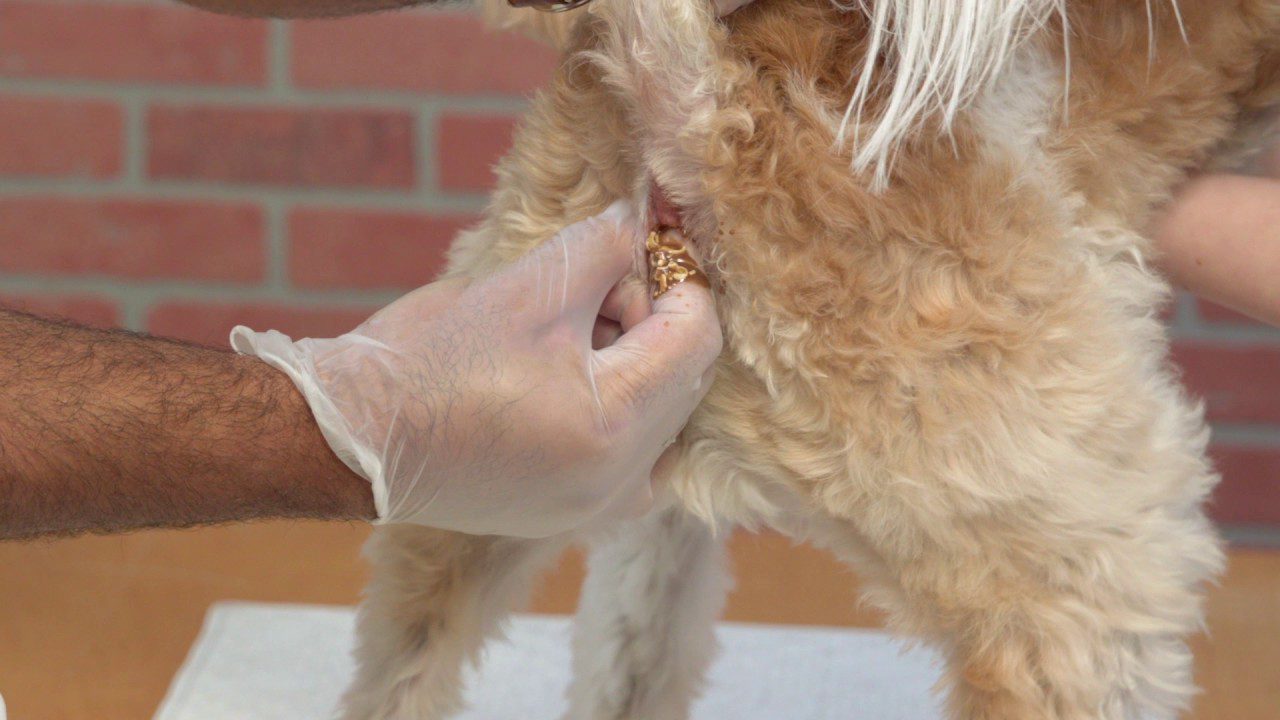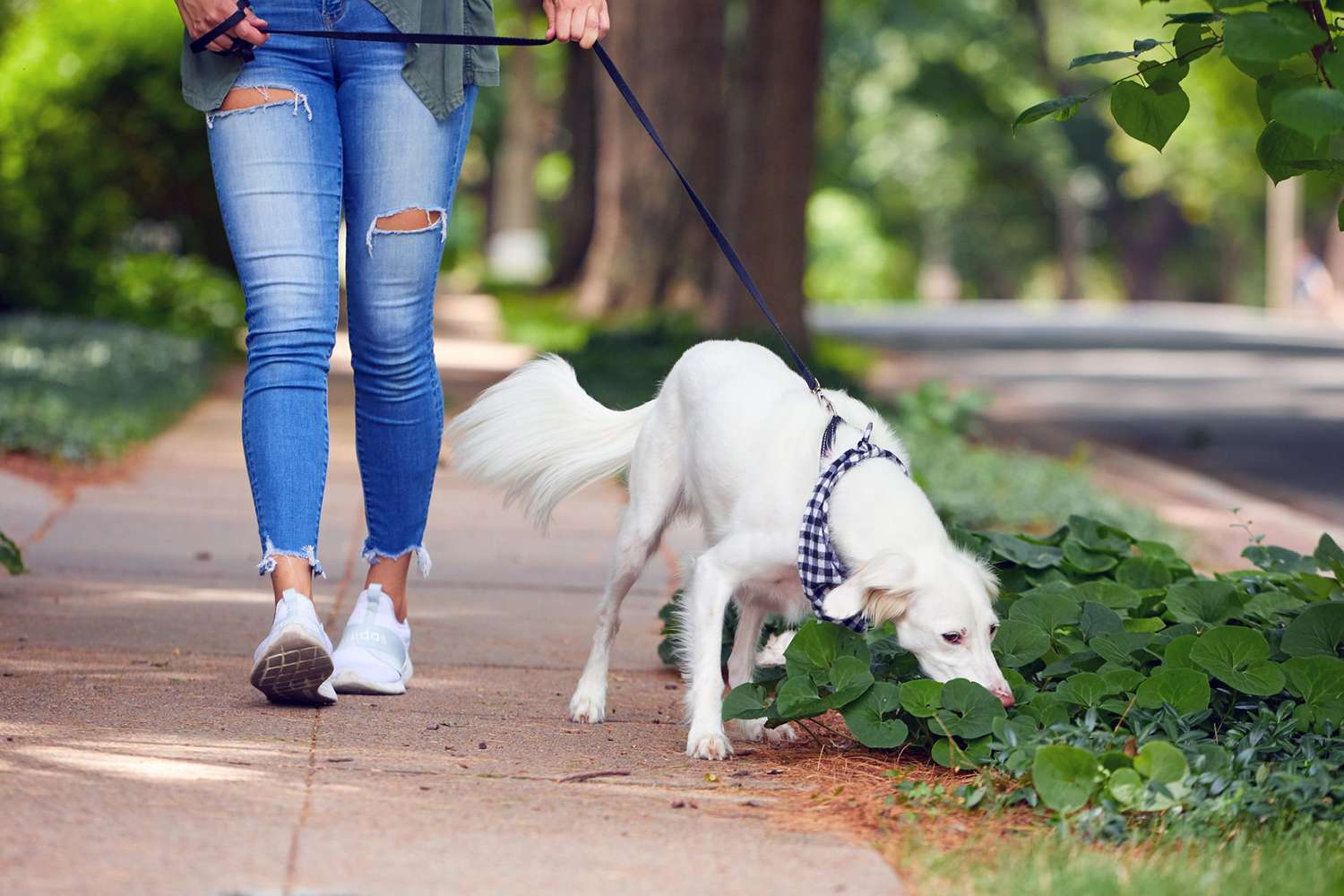Key Takeaways:
- Sniffing each other's butts is a form of communication among dogs.
- Dogs have scent glands in their anal area that release unique chemical signals.
- By sniffing another dog's butt, they can gather information about their identity, health, and mood.
- This behavior helps dogs establish social hierarchies and maintain group cohesion.
- Sniffing each other's butts is a natural and instinctive behavior for dogs.
Have you ever wondered why dogs have a peculiar habit of sniffing each other's butts? It may seem strange or even gross to us humans, but understanding this behavior can actually provide valuable insights into the world of our furry friends. By exploring why dogs engage in this seemingly odd behavior, we can gain a deeper appreciation for their unique communication methods and strengthen our bond with them. So, let's dive into the fascinating world of canine sniffing and uncover the hidden secrets behind this intriguing behavior. Get ready to be amazed by what you'll discover!
Why do dogs sniff each other's butts?
Dogs have a unique way of getting to know each other - they sniff each other's butts! You might think it's strange, but for dogs, it's like reading a book. When dogs meet, they use their sense of smell to gather important information about the other dog. Sniffing the butt gives them access to a special scent gland called the anal sac. This gland produces chemicals that contain valuable information about the dog's age, gender, health, and even what they ate recently.
By sniffing each other's butts, dogs can quickly gather all this information and get an idea of who they are dealing with. It's their way of saying "hello" and getting acquainted. It may seem weird to us humans, but for dogs, it's just a normal part of their communication.
How does butt-sniffing help dogs communicate?
Butt-sniffing is an essential form of communication for dogs. When one dog sniffs another dog's rear end, they are exchanging important information through scent signals. These signals can convey messages such as friendship, dominance, submission, or even aggression.
The scents from the anal sacs provide valuable clues about the dog's identity and status in the canine social hierarchy. The position in which a dog holds its tail during this interaction also plays a role in signaling its intentions. For example, if a dog holds its tail high while being sniffed, it is likely asserting dominance; if it tucks its tail between its legs, it is showing submission.
Can dogs learn about other dogs through this behavior?
Absolutely! Dogs can learn a lot about another dog through butt-sniffing. They can determine if the other dog is male or female, if they are healthy or sick, and even if they are ready to mate. The scent also carries information about the dog's diet, which can give clues about their overall health and well-being.
Through this behavior, dogs can also assess each other's social status and establish a hierarchy within their pack. They can detect pheromones released by other dogs that indicate their mood, reproductive state, or level of stress. This helps them understand how to interact with each other and establishes boundaries.
What scents or chemicals do dogs detect when they sniff each other's butts?
When dogs sniff each other's butts, they are detecting a variety of scents and chemicals that provide valuable information. The anal sacs in a dog's rear end produce secretions that contain specific chemicals called pheromones. These pheromones carry messages about the dog's identity, reproductive status, and overall health.
In addition to pheromones, the scent can also reveal information about the dog's diet. Dogs have an incredible sense of smell that allows them to pick up on subtle changes in odor caused by different foods. This gives them insight into what the other dog has been eating recently.
Do all dog breeds engage in butt-sniffing, or only certain ones?
All dogs engage in butt-sniffing as a form of communication; it is a natural behavior for them. Regardless of breed or size, dogs rely on their sense of smell to gather information about each other. However, some breeds may be more inclined to engage in this behavior than others due to their heightened sense of smell.
Breeds such as Bloodhounds and Basset Hounds have an exceptional sense of smell compared to others. Their strong olfactory abilities make them more likely to engage in intense sniffing behaviors, including butt-sniffing. However, it is important to note that all dogs, regardless of breed, use their sense of smell as a primary way of understanding the world around them.
Do other animals have similar behaviors to butt-sniffing?
Butt-sniffing may seem strange to us humans, but it's actually quite common in the animal kingdom. Many mammals, including dogs, cats, and even some primates, engage in similar behavior as a form of communication.
For example, wolves, which are closely related to dogs, also use scent marking and sniff each other's genitals and anal areas to gather information about pack members. Similarly, cats have scent glands located on their cheeks and the base of their tails that they use for marking and communication. They will often rub against objects or other cats to leave their scent behind.
Are there other ways for dogs to communicate with each other besides butt-sniffing?
Absolutely! While butt-sniffing is an important form of communication for dogs, it is not the only way they interact with each other. Dogs also communicate through body language, vocalizations such as barking or growling, and facial expressions.
The position of a dog's ears can indicate its mood - raised ears usually indicate alertness or aggression, while flattened ears suggest fear or submission. Tail wagging can convey different emotions depending on its speed and position - a high wagging tail generally indicates happiness or excitement.
Dogs also use eye contact to communicate with each other. Staring directly into another dog's eyes can be seen as a challenge or a threat. Understanding these various forms of communication helps dogs navigate social interactions and avoid misunderstandings.
How does butt-sniffing help dogs communicate?
Butt-sniffing is a unique behavior that plays a crucial role in how dogs communicate with each other. When dogs meet, they often approach each other from the rear end and sniff each other's butts. This may seem strange to us humans, but it's actually an important way for dogs to gather information about one another.
When a dog sniffs another dog's behind, they are able to detect various scents and chemicals that can reveal important details about the other dog. Dogs have a special organ called the vomeronasal organ, also known as Jacobson's organ, located in their nasal cavity. This organ allows them to analyze pheromones and other chemical signals that carry information about the other dog's gender, age, health status, and even their mood.
Can dogs learn about other dogs through this behavior?
Absolutely! Butt-sniffing provides dogs with valuable insights into the identity of the other dog they are interacting with. Through this behavior, dogs can learn about each other's sex, reproductive status, diet, and overall health condition. They can also determine if the other dog is familiar or unfamiliar to them based on scent recognition.
Dogs have an incredible sense of smell that allows them to pick up on subtle differences in scent profiles. By sniffing another dog's rear end, they can gather information about their social status within their canine community and establish whether they pose any threat or are friendly. It's like a secret language only understood by dogs!
What scents or chemicals do dogs detect when they sniff each other's butts?
When dogs engage in butt-sniffing, they are detecting a variety of scents and chemicals that provide them with valuable information about the other dog. These scents come from the anal glands, which are small sacs located on either side of a dog's anus.
The anal glands produce a mixture of chemicals that are unique to each individual dog. These chemicals contain pheromones, which are substances that can convey messages and emotions between dogs. By sniffing another dog's behind, dogs can detect these pheromones and gain insights into the other dog's gender, reproductive status, health condition, and even emotional state.
Do all dog breeds engage in butt-sniffing, or only certain ones?
Butt-sniffing is a behavior that is observed in almost all dogs, regardless of their breed. It is a natural instinct for dogs to investigate each other's scent through this method of communication. However, some individual dogs may engage in butt-sniffing more frequently or intensely than others.
The frequency and intensity of butt-sniffing can vary depending on factors such as the dog's personality, socialization experiences, and overall confidence level. Some dogs may be more reserved and prefer to rely on visual cues or vocalizations to communicate with other dogs. Nevertheless, butt-sniffing remains an important part of canine communication across different breeds.
Do other animals have similar behaviors to butt-sniffing?
While butt-sniffing is most commonly associated with dogs, it is not exclusive to them. Several other animals also engage in similar behaviors as a means of communication and gathering information about one another.
For example, many members of the animal kingdom such as wolves, foxes, cats, and even some primates like monkeys use scent marking as a way to communicate with their own species. This involves leaving behind their own scent by rubbing against objects or urinating in specific areas to convey messages about their territory, reproductive status, or social hierarchy.
Are there other ways for dogs to communicate with each other besides butt-sniffing?
While butt-sniffing is a prominent method of communication among dogs, it is not the only way they interact with one another. Dogs have a wide range of communication tools at their disposal, including body language, vocalizations, and facial expressions.
Through body language, dogs can convey various messages such as playfulness, fear, aggression, or submission. They use their tails, ears, and posture to express their emotions and intentions. Vocalizations like barking, growling, or whimpering are also important forms of communication for dogs.
In addition to these non-verbal cues, dogs also rely on visual signals such as eye contact and facial expressions to understand each other's intentions and emotions. By combining all these forms of communication together, dogs are able to effectively interact and understand one another in a complex social network.
In conclusion, dogs sniff each other's butts as a way to gather information about one another. It helps them learn important details like age, gender, and mood, allowing them to communicate and establish social bonds.
Should dogs sniff each others bums?
Dogs have the ability to identify and understand certain substances, such as those found in another dog's anal sacs. Therefore, when a dog sniffs another dog's behind, they can gather information about the other dog's identity, gender, health, temperament, diet, previous encounters, and additional details.
Why do dogs smell human private parts?
The main point to remember is that dogs smell people's crotches because they have sweat glands, called apocrine glands, in that area. By sniffing these glands, dogs can gather information about a person's age, gender, mood, and likelihood of mating.
Why is my dog constantly sniffing my other dog?
Dogs use nose touching and sniffing each other's faces as a way of expressing friendliness and affection. It can also be a sign of dominance when submissive dogs press their nose against or under the dominant ones to show submission. Dogs have a keen sense of smell, which leads them to sniff another dog's face to check if they have been eating something.
Why do dogs always put their bum towards you?
When your dog exhibits this behavior, it indicates that they have trust in you. Additionally, if they position their rear end towards your face, it signifies that they feel protected and secure around you. It shows that your dog wants to ensure your safety and comfort, which is why they choose to sit in the way they do.
Can dogs sense illness in other dogs?
Dogs have a long history of being able to detect illnesses in other dogs, and some experts believe they are even more effective at identifying diseases and illnesses in the early stages compared to modern technology. This demonstrates their remarkable sensing abilities. (Date: May 4, 2018)
Why does my dog want to lick my private parts?
It's important to remember that humans have scent glands in certain areas like their feet, armpits, genitals, face, and mouth. It is natural for a dog to be interested in smelling and possibly licking or tasting these areas, as they are concentrated with our scent glands and bacteria.
















